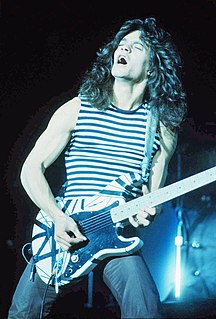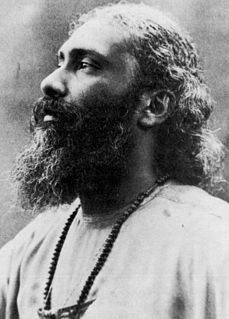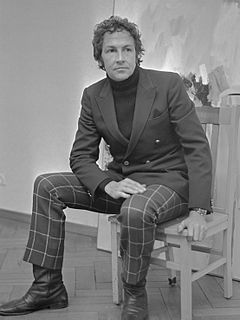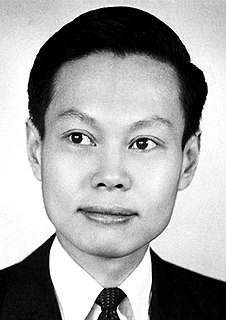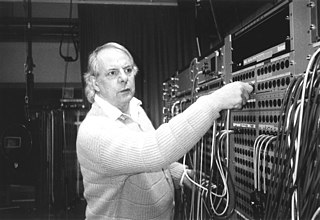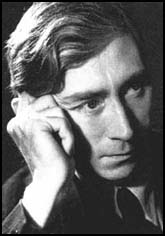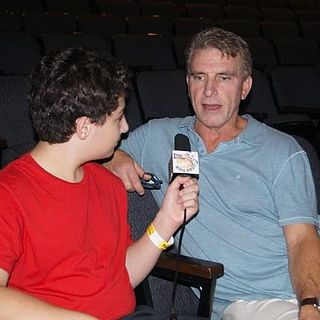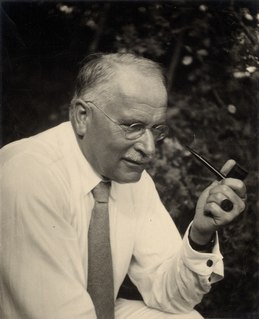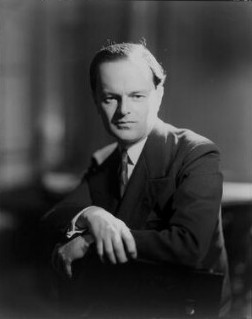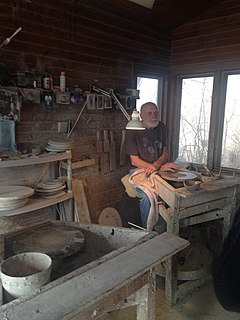A Quote by Edith Wharton
The desire for symmetry, for balance, for rhythm in form as well as in sound, is one of the most inveterate of human instincts.
Related Quotes
Most beginners want to learn lead because they think it's cool .. consequently, they never really develop good rhythm skills .. since most of a rock guitarists time is spent playing rhythm, it's important to learn to do it well .. learning lead should come after you can play solid backup and have the sound of the chords in your head
The mystery of sound is mysticism; the harmony of life is religion. The knowledge of vibrations is metaphysics, the analysis of atoms is science, and their harmonious grouping is art. The rhythm of form is poetry, and the rhythm of sound is music. This shows that music is the art of arts and the science of allsciences; and it contains the fountain of all knowledge within itself.
The great decisions of human life have as a rule far more to do with the instincts and other mysterious unconscious factors than with conscious will and well-meaning reasonableness. The shoe that fits one person pinches another; there is no recipe for living that suits all cases. Each of us carries his own life-form- an indeterminable form which cannot be superseded by any other.
No nude, however abstract, should fail to arouse in the spectator some vestige of erotic feeling... The desire to grasp and be united with another human is so fundamental a part of our nature that our judgement of what is known as 'pure form' is inevitably influenced by it, and one of the difficulties of the nude as a subject for art is that these instincts cannot be hidden.




